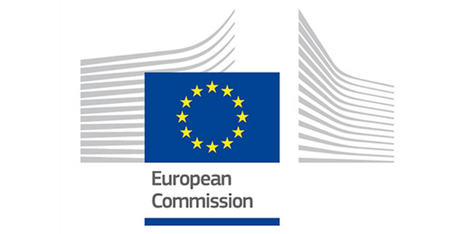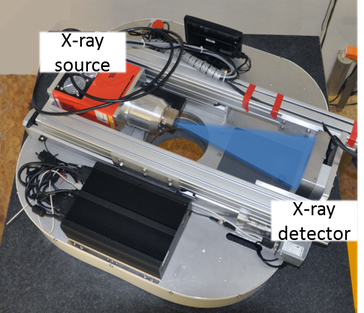Marie Skłodowska-Curie Action ITN BIOCLEAN
H2020 MSCA ITN

Even in cases where existing cleaning and sanitisation has broadly met the needs of society and industry, there continues to be increased pressure for sustainable approaches, bio-friendly products and cost and manufacturing efficiency. This requires us to fundamentally better understand the biology, chemistry and physical properties of biofilms and redefine the remediation and management of these systems from purely a chemical cleaning to a biological loosening and/or physical adhesion/cohesion cleaning approach. This requires us to train a new generation of supra-disciplinary researchers who understand the biology and chemistry of the system, real time, under process conditions and are able to model the removal of biofilms from surfaces in an engineering sense, allowing us to better characterise the cleaning problem and potential solutions.
The Bioclean network addresses the urgent need to fill the gap in Europe and beyond of highly skilled young scientists trained in chemistry, engineering and experimental wet lab microbiology who can effectively manage biofilms. Bioclean will provide ESR training through a broad multi-disciplinary research approach, which in turn will create a new generation with unique insights and skill sets combined with a solid industrially relevant foundation in managing bacteria and cleaning through the biofilm prevention and effective removal.
Objectives
These are the research objectives of BioClean:
- To characterise biofilms by developing new methodologies for studying adhesion and cohesion of biofilms (chemically and physically) including cell-to-cell and cell-to-surface forces
- Iteratively apply data from the first objective to understand the relationship between properties of existing and novel surface and deposition of molecules promoting bacterial attachment and detachment
- To characterise changes in bacterial cells and biofilm from inside and out, chemically, physically and structurally in response to the approaches being investigated. This will advance understanding of biofilm management
- Integration of current real life industrial knowledge to and use of outputs from the previous objectives. This will develop real life applications for controlling/ managing biofilms and their introduction in an optimal way in industry/societal relevant environments and substrates
- Create a lasting network of combined chemistry, biology, engineering experts in biofilm management that will expose the ESRs and their individual project research findings to a broad geographical, cross discipline and cross-sectoral audience. Through the successful implementation of this network, new research findings will be integrated into the current knowledge base
Role of Ghent University
High-resolution X-ray tomography (µCT) is an increasingly popular tool for the non-destructive internal and external visualization of objects, materials and structures in 3D with high detail. Recently, the possibility to perform 4D-µCT imaging, i.e. imaging a dynamic process in-situ, has attracted interest in numerous research domains. The Ghent University Centre for X-ray Tomography (UGCT, www.ugct.ugent.be) has unique equipment and expertise in the field of in-situ visualization of fluid flow and other dynamic processes using a gantry-based system. Using dynamic high-resolution X-ray CT(4D μCT), an insight critically needed to understand and drive deep down cleaning in the consumer goods sector can be obtained. Pore-scale modelling will additionally be used for the evaluation and interpretation of this experiment.
In this project, 4D-µCT imaging of soil removal from a porous organic substrate (e.g. sponge or fabric) is aimed for. However, due to the low contrast in X-ray images of these objects, many challenges remain in imaging this process.
Our task in this project is to enable X-ray imaging of this soil removal process, and to perform 4D-µCT imaging of soil removal from a porous organic substrate (e.g. sponge or fabric). To achieve this, we will identify contrast agents which bind to the soils (oil, fat and biofilms) in order to enhance its visibility. Furthermore, dedicated laboratory equipment will be developed in which the dynamic processes involved (e.g. squeezing and rinsing) in soil removal can be mimicked in order to evaluate the effectiveness of cleaning and anti-microbial detergents.
This project Bioclean has received funding from the European Union’s Horizon 2020 research and innovation programme under grant agreement No 722871.
Contact
Prof. Veerle Cnudde
Department of Geology
veerle.cnudde@ugent.be
+32 (0) 9 264 45 80
Prof. Matthieu Boone
Department of Physics and Astronomy
matthieu.boone@ugent.be
+32 (0) 9 264 66 28
